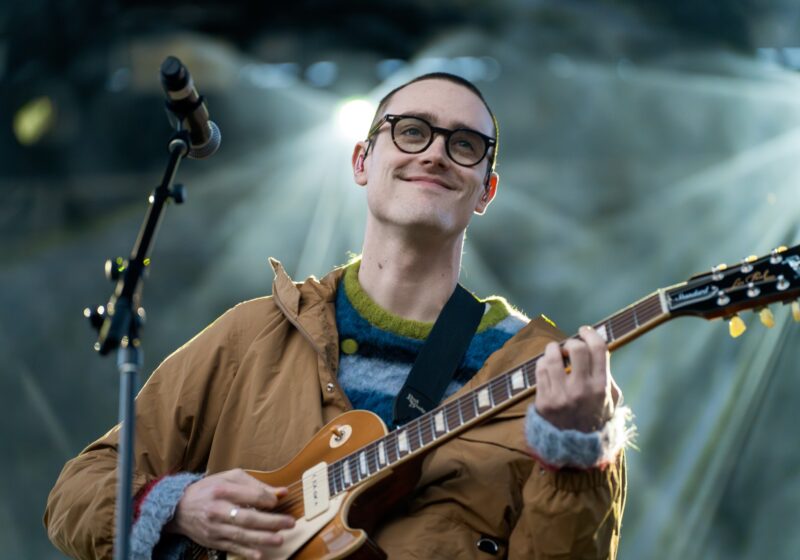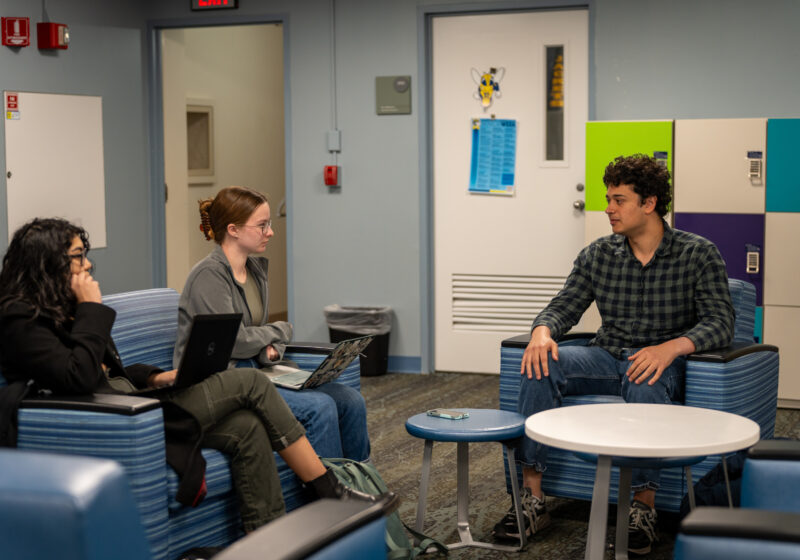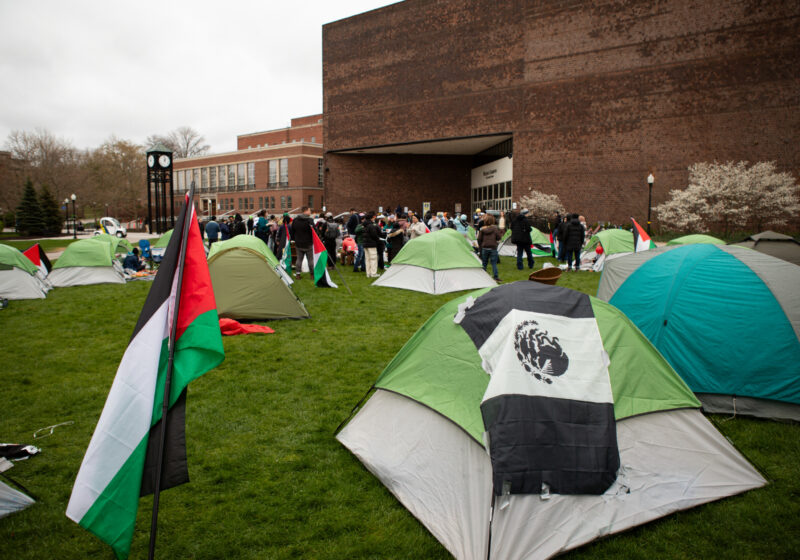A national panel of 50 scientists, 12 of whom were UR alumni or faculty members, met at the Hyatt Regency Hotel in Rochester this last weekend on April 6 and 7, to discuss NASA’s James Webb Space Telescope – the telescope intended to replace the Hubble Space Telescope in 2011.
“We are so proud to bring this pre-eminent group of scientists to the Rochester region, as they focus on this incredibly significant project – significant not only to science, but to the greater understanding of our universe,” Rudolf and Hilda Kingslake Professor of Optical Engineering Duncan Moore said. “The Webb Telescope is, quite literally, the next-generation telescope. It will replace the Hubble Telescope and will go where no telescope, not even the Hubble, has gone before.”
These scientists were all members of the JWST product integrity team that advises NASA on the Webb Telescope.
In addition to Moore, who is the co-chairman of the product integrity team, other representatives from UR included Robert E. Hopkins Professor of Optics Jim Fienup and alumni such as co-chair Jim Wyatt and JWST Manager for NASA’s Goddard Space Flight Center Lee Feinberg.
JWST is designed to look deeper into space to see the earliest stars and galaxies form in the universe and to look deep into nearby dust clouds to study the formation of stars and planets.
In order to do this, JWST’s primary mirror will be much larger than Hubble’s – 20 feet in diameter, about six times larger in area – giving it much more light- gathering power.
It will also have better infrared instruments than Hubble, allowing it to see the formation of stars and galaxies.
Finally, JWST will operate much farther from Earth, where operations are simpler, and where giving the telescope a stable pointing is easier than with the Earth-orbiting Hubble.
JWST is expected to cost one-third to one-fourth the cost of Hubble.
James E. Webb ran the newly formed NASA during much of the Apollo program from February 1961 to October 1968, and is often considered to have done more for science than perhaps any other government official.
In addition to the scientists working on the telescope, the Rochester-based ITT Industries’ Space Systems Division was selected by NASA to work on the telescope’s optical systems.
Both Moore and Wyatt commented on UR’s optics program’s alumni and their success.
“We have a very broad-based program and the students are very well prepared and interested in these kinds of projects,” Moore said. “UR’s optics program has done a good job of teaching basic optics. When you’re a student, you don’t know what kind of specialty you want to go into, and they prepare you well for whatever you may study. Also, with Kodak, ITT and Bausch and Lomb in the city, Rochester is a center for optics in the country.”
Previous meetings were held in Tucson, Ariz., and Boulder, Colo.Moore said that the next meeting would probably not be held in Rochester although he hopes to have the group back in Rochester in 2007 or 2008.
Ling can be reached at jling@campustimes.org.


